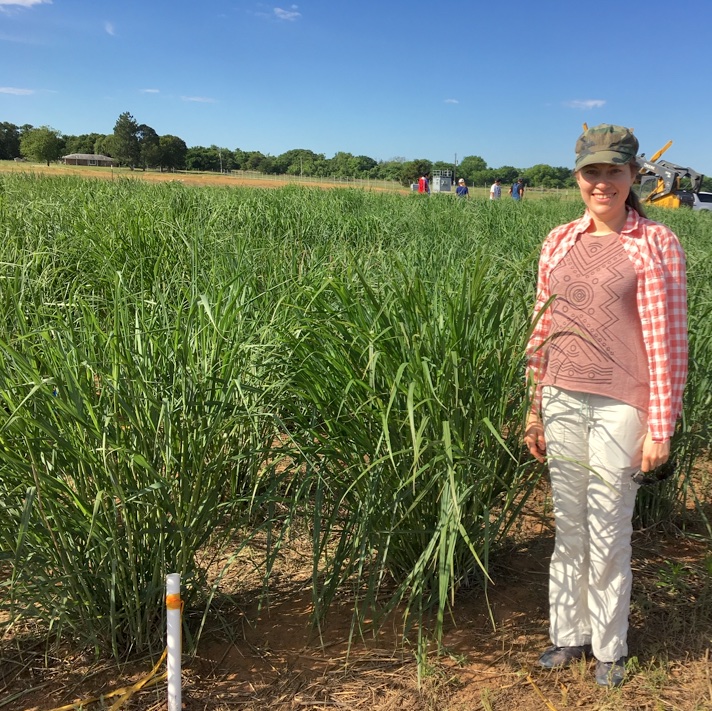Researchers have identified several key compounds that shape the microbial communities dwelling around plant roots and soil, opening up the possibility for agricultural strategies that precisely and sustainably improve plant health and crop yields. One such compound was serotonin, a signaling molecule commonly known for its role in mood regulation, happiness, and overall well-being. In this context, serotonin was found to enhance plant growth and shape microbial communities living around plant roots under nutrient-rich conditions.
Scientists know that plants modify the chemistry and microbiology of the rhizosphere—the soil adjacent to their roots—to form favorable associations with microbes. But the genetic and molecular mechanisms that govern rhizosphere interactions are still largely unstudied. With changing climate conditions impacting nutrient and water availability, understanding how rhizosphere microbes help plants adapt in adverse environments could be a fruitful avenue for solving pressing food production challenges.
In a new study, researchers in the Environmental Genomics and Systems Biology (EGSB) Division worked with Mary Firestone, a University of California, Berkeley professor, to study how plants shape their microbiomes to adapt to stressors. They grew switchgrass, a perennial grass native to the Great Plains that has shown promise as a potential renewable source of biomass-generated energy, under varying levels of nutrients and water. They then analyzed how these different conditions affected the chemical compounds and microbial communities present in the rhizosphere.

The researchers found that the switchgrass plants responded to stress by releasing certain chemical compounds into the soil, which in turn affected the microbial community around their roots. When the switchgrass plants experienced nutrient stress, elevated levels of aromatic acids–organic molecules with an aromatic ring structure known to impact assembly of microbial communities in rhizosphere–were detected in the surrounding soil. Conversely, when nutrients were abundant, the plants released serotonin, a messenger compound that the researchers weren’t expecting to find in the rhizosphere.
“What’s particularly surprising is that serotonin didn’t just enhance plant growth; it also played a crucial role in shaping the rhizosphere microbial community by promoting or suppressing the growth of certain microbial groups,” said Kateryna Zhalnna, an EGSB research scientist and co-first author on the study. “This unexpected finding highlights a connection between plant and human biology, revealing how a compound known for its importance in the brain also has critical and complex functions in the soil ecosystem.”
The identification of aromatic acids, serotonin, and similar compounds as keystone metabolites for fine-tuning the soil microenvironment enables scientists to explore new ways to manage these communities. The knowledge could be used to develop targeted agricultural interventions, like using the compounds to enhance beneficial microbes or suppress harmful ones to optimize plant growth and resilience. Such practices, which capitalize on plant-microbe interactions rather than traditional chemical fertilizers, could reduce the need for chemical inputs while improving soil health and achieving more sustainable outcomes. Additionally, this research opens new avenues for exploring soil microbiomes under stress conditions, potentially leading to innovations in bioenergy crop production and other agricultural sectors.
“By uncovering these mechanisms, we can better predict how microbes and plants will respond to various conditions and harness them for solutions in energy and environmental challenges,” Zhalnina said.
Additional Biosciences contributors for this work include:
EGSB staff scientist Benjamin Bowen, Division Deputy Director for Science Trent Northen, and research assistants Joelle Sasse and Jacob S. Jordan (both of whom have since moved on); Biological Systems and Engineering affiliate faculty Javier Ceja-Navarro.



